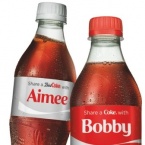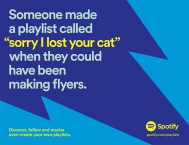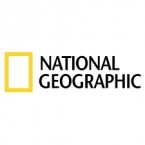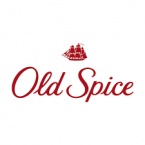Written by Olga Egorsheva, CEO and co-founder of Lobster.
A good marketing campaign can be the making or breaking of brands.
Get it right, and the plaudits, attention (for the right reasons) and rewards are forthcoming. Get it wrong, however, and its time and resources spent of something that has no impact.
Connection is key
It has never been so hard to strike up a connection with audiences. The days of competing for attention on radio and TV alone are long gone.
While the many mediums in today’s world might seem ideal to capture the mind of consumers, the reality is shorter attention spans.
It is no surprise, then, to see brands go down the route of user-generated content (UGC). Including the customer in the brand is one way of creating positive relationships and inclusivity.
Not everyone can just do UGC. It takes a well-thought strategy and a desire to make your audience feel like they are part of the product. Here are a selection of UGC campaigns that popped.
Getting ahead with UGC
The benefits of UGC are clear: brands incorporate inclusivity, authenticity and have the freedom to adopt a cheerful and cheeky tone of voice. It is in the inclusivity, though, where the power of UGC is best utilised.
Customers no longer what a direct a-to-b experience where they make a purchase to a faceless organisation. They want to feel part of a brand, and UGC lets their influence be felt. A two-way conversation is struck between brand and consumer.
Companies are realising that UGC isn’t solely a marketing tactic to try once a year. The marketing method is becoming an increasingly popular long-term strategy with companies all over the world.
92 percent of customers trust word of mouth over traditional advertising. As consumers become more influential, so will user generated content.
Click here to view the list »









